On May 22, 2025, the Government issued Resolution No. 147/NQ-CP on the National Comprehensive Strategy for Prevention and Response to Non-Traditional Security Threats to 2030, with a Vision to 2045. It states: “The impact of non-traditional security threats must be fully and objectively assessed and identified, minimizing risks and threats to national interests and security” 1 . In the context of globalization today, one of the important categories of national security in the digital age is communications security. Currently, there are many different views on communications security and safety threats. According to the International Organization for Standardization on Risk Management, an information security threat is any factor that can undermine the confidentiality, integrity or availability of information 2 . The International Telecommunication Union (ITU) defines communications security as the protection of information and communications systems from risks such as unauthorized access, tampering, disruption or data leakage 3 .
It can be understood that communication security is the state of stability and safety of information and communication systems in ensuring the confidentiality, integrity, availability and accuracy of data, while preventing and responding to threats that can cause damage due to unauthorized access, forgery, disclosure or denial of service; thereby, ensuring that the information exchange process takes place smoothly, reliably, effectively serving the development and integration process of the country.
Forms of media security threats
In fact, there have been some common forms of media security threats such as: 1) Cyber Attack - the act of infiltrating information systems to steal data, sabotage or disrupt the operation of media platforms, eavesdropping, stealing personal information through emails, fake websites; 2) Spreading fake news, false or distorted information to cause misunderstanding, confusion or manipulate public opinion; 3) Causing data leaks (Data Breach), revealing important information due to security vulnerabilities or theft, affecting the privacy of organizations or individuals; 4) Denial of service attack (DDoS), paralyzing the media system by sending a large number of access requests, causing overload and service interruption; 5) Conducting media espionage to monitor, eavesdrop or collect information from the media for personal gain or political purposes, causing information wars to manipulate and orient public opinion, causing social instability...
Goals and methods of sabotage of hostile and reactionary forces
Anti-sabotage target : Hostile and reactionary forces always take advantage of every loophole to sabotage with the aim of denying Marxism-Leninism and Ho Chi Minh's thought. They believe that the foundation, principles of organization and operation of the Communist Party of Vietnam according to the viewpoints of Marxism-Leninism and Ho Chi Minh's thought are outdated and no longer suitable in the 21st century. At the same time, they try to "reject the leadership role of the Communist Party of Vietnam, in order to erase the achievements of the revolution, deny the path to socialism of our Party and people, and steer Vietnam's development along the capitalist orbit" 4 .
Anti-sabotage method : Hostile and reactionary forces often use mass media, especially publications and press products from abroad with anti-government content, and transfer them back to spread domestically. They often sponsor a number of foreign press agencies specializing in opposing Vietnam (VOA Vietnamese, RFA, RFI, BBC...) to propagate distortions, slander, and defame the Party and State of Vietnam. Their trick is to take advantage of loopholes and errors in the management and operation of social media to spread anti-government information, incite violence, illegal protests, and cause political riots in order to overthrow the government... Hostile and reactionary forces often use the trick of spreading fake news and distorting official information, especially before important events of the country or incidents that attract the attention of many classes of people... A typical example is the incident in Dong Tam commune (My Duc district, Hanoi), although the authorities have actively engaged in dialogue and resolved it satisfactorily. However, taking advantage of this issue, hostile forces, political opportunists, and reactionaries have distorted and incited people to oppose, causing the incident to become increasingly complicated. The subjects deliberately sabotaged, disturbed public order, used weapons, and resisted law enforcement officers. 5 In addition, hostile and reactionary forces often look for security loopholes to attack the network by spreading malware, stealing personal information, and destroying the data infrastructure of domestic agencies and organizations. Not only that, they also bribed and lured some disgruntled individuals in society, taking advantage of their lack of knowledge or easily agitated mentality, turning them into tools for the purpose of sabotage. Many fake accounts and disguised websites were created by them to spread the argument of "pluralism and multi-party system", deny the leadership role of the Communist Party of Vietnam, cause public confusion, internal division, thereby leading to a psychological war in cyberspace to undermine people's trust in the regime.
The rapid development of the internet, digital technology and AI - risks to communication security
In reality, the explosive growth of the internet, especially social networking platforms, has brought many opportunities in all fields and professions, but with its open nature, without boundaries between "real" and "virtual", it also poses great risks to cybersecurity.
The rapid and strong development of the internet and social networks has created fertile ground for hostile and reactionary forces to exploit to sabotage the Party and State and destroy the great national unity bloc. Hostile and reactionary forces thoroughly use information systems to influence, interfere internally, steer policies, manipulate public opinion, and promote "color revolutions". They use cyberspace to post a lot of negative, malicious information... to attack and defame the Party and State leaders, distort the Party's policies and guidelines, and the State's policies and laws; at the same time, fabricate and distort the truth about the Party's internal situation, which is being divided, in order to defame, discredit, and sow doubts about its political stance... On the other hand, hostile and reactionary forces often use artificial intelligence (ChatGPT, Midjourney, Deepfake...) to launch anti-government communication campaigns as well as carry out cyber attacks.
According to Mr. Vu Ngoc Son, Head of Research, Consulting, Development and International Cooperation - National Cyber Security Association: In 2024, businesses in Vietnam "suffered" about 659,000 cyber attacks, not counting small unreported cases 6 . According to statistics, in the first quarter of 2025 alone, Vietnam recorded more than 257,000 distributed denial of service (DDoS) attacks, discovered 36 serious security vulnerabilities, along with more than 4.5 million stolen accounts, accounting for 12.9% globally. In addition, there were up to 911 malicious domain names, 746 fraudulent websites and 48 data sales, with a total of 155 million records, up to 24.65 GB 7 ... in cyberspace. This shows that the prevalence and danger of current forms of cyber fraud attacks are very alarming.
Major General Le Minh Manh, Deputy Director of Cyber Security and High-Tech Crime Prevention - Ministry of Public Security (A05) assessed that Vietnam is one of the countries facing many challenges in cyberspace. The situation of cybercrime is complicated, organized, and operates with increasing frequency and scale 8 . Evidence is the terrorist attack in Dak Lak on June 11, 2023, the terrorist group received instructions and support from a number of exiled reactionary organizations abroad, including the exiled Fulro organization to establish the "Dega State" , "Mountain People's Association" (MFI); "Montagnard Human Rights" (MHRO); "Unified Montagnards" (UMP) ... Hostile and reactionary forces have taken advantage of online platforms to communicate, direct and recruit members; At the same time, using social networks and other media channels to propagate, attract, and incite separatist and autonomous thoughts 9. To carry out this plot, on the one hand , the leaders have linked up with other reactionary organizations, calling for support from a number of organizations and individuals abroad; on the other hand , taking advantage of forums to distort and slander Vietnam for violating human rights, internationalizing the issue of ethnic minorities in the Central Highlands...
Hostile and reactionary elements have fully exploited the utility of cyberspace to sabotage the Party and State of Vietnam with sophisticated and dangerous tricks on cyberspace such as: "Turning nothing into something, turning little into much, turning phenomenon into essence". The viewpoints are integrated into multi-layered, multi-perspective articles, swapping concepts, and false propaganda to spread bad, toxic, and untrue information.
In reality, the development of AI technology still depends on algorithms and input data provided by humans, leading to negative impacts such as: Risk of information insecurity, loss of security and order... On the other hand, the potential for ensuring information security, in terms of human resources, finance, technical infrastructure and technology, has not met the requirements in the new situation. The effectiveness and efficiency of state management of information security is not high; the capacity to detect and handle activities that violate information security and incidents that cause information insecurity by agencies and units is still limited; the application of science and technology in ensuring information security has not met the requirements and demands of the new situation...
Solutions to prevent and combat media security threats
First, perfecting institutions and policies . In the context of increasingly diverse and complex media security threats, reviewing, updating and perfecting the legal system is a key and urgent task. First of all, it is necessary to review current legal documents related to cyber security, information security, press activities, digital media and digital data to detect inadequacies, overlaps or those that are no longer suitable to reality.
Gradually amend, supplement or issue new documents (Press Law, Information Technology Law, etc.) in a synchronous, modern and effective direction. Along with perfecting the law, it is necessary to strengthen sanctions to handle violations of the law in cyberspace, especially acts of spreading fake news, distortion, incitement, cyber attacks or illegal data exploitation. Improving the effectiveness of law enforcement will create deterrence; at the same time, strengthen the trust of all classes of people in the legal system to ensure national communications security. Focus on improving national digital technology capacity such as: Investing in technical infrastructure, technology and high-quality human resources in information safety and security, etc.
Second, raise public awareness and social responsibility . As cyberspace increasingly becomes the primary environment for people to receive, share and interact with information, raising public awareness and social responsibility is a key solution to prevent media security threats.
First of all, it is necessary to widely deploy community education communication campaigns, through many forms such as: Press, social networks, television, digital platforms... These campaigns need to focus on conveying clear, accessible messages, suitable for each target audience group to communicate correctly and accurately. The content of propaganda does not stop at preventing and combating fake news, but also helps the public fully understand their rights and obligations, awareness and responsibility when sharing information online. In particular, it is necessary to equip basic digital skills such as: Account security skills, personal information management, handling crisis communication situations and especially the skills to distinguish real from fake news...
In addition, it is necessary to integrate topics on “media security” into general and university education programs, especially for fields related to journalism, information technology, law, politics - society, etc. Raising awareness needs to be done synchronously with the creation of tools to support searching for official information, reflecting fake news, and reporting harmful content, thereby creating a safe, transparent and responsible media ecosystem.
Third, develop a secure domestic digital platform. One of the major challenges facing media security today is the over-reliance on cross-border digital platforms such as Facebook, YouTube, TikTok, X (Twitter), etc., which makes it difficult to control content, handle violations, and protect digital sovereignty. To overcome this situation, Vietnam needs to proactively build and develop a national digital information ecosystem with the active participation of technology enterprises, press and media agencies, and social organizations. This ecosystem includes domestic social networking platforms, search engines, sharing applications, and media data analysis systems. At the same time, promote investment in research and application of modern digital management tools that are capable of scanning and analyzing big data, monitoring public opinion trends, assessing the spread, reliability, and impact of information in cyberspace. These tools not only provide early warnings of risks from fake news, toxic content, etc., but also help measure the effectiveness of communication activities, thereby adjusting information policies flexibly, promptly, and with empirical data. Mastering technology and data will help Vietnam reduce dependence and increase its ability to proactively ensure national communication security in the digital age.
Fourth, promote international cooperation in a practical and effective manner. In fact, cyber security and communications are increasingly cross-border, and it is ineffective for a single country to respond to threats. Therefore, Vietnam needs to proactively and actively participate in multilateral forums and international treaties related to cyber security, cyber governance, global communications and data protection. This activity not only helps Vietnam promptly access international trends, technologies and standards, but is also an opportunity to contribute opinions and protect national interests in global forums. Specifically, Vietnam needs to promote its role in organizations such as the International Telecommunication Union (ITU), the Global Conference on Cyberspace (GCCS), etc. In addition, through international cooperation, Vietnam can adopt advanced cyber governance models; at the same time, affirm its position as a responsible country, ready to participate in building a global cyberspace./.
Note:
1 Government, Resolution No. 147/NQ-CP dated May 22, 2025 National comprehensive strategy for preventing and responding to non-traditional security threats to 2030, with a vision to 2045 .
2 See: International Organization for Standardization, ISO/IEC 27001:2022 - Information security, cybersecurity and privacy protection - Information security management systems – Requirements, https://www.iso.org/standard/82875.html
3 See: International Telecommunication Union, Global Cybersecurity Index (GCI) 2018 , https://www.itu.int/dms_pub/itu-d/opb/str/D-STR-GCI.01-2018-PDF-E.pdf?utm
4 Vu Thi Huong, Resolutely fight and reject plots, tricks, and false arguments that deny the leadership role of the Communist Party of Vietnam and the achievements of the Vietnamese revolution , https://www.tapchicongsan.org.vn , September 14, 2023.
5 See: Le The Cuong, Be alert to plots and tricks to take advantage of the Dong Tam incident to incite sabotage . https://hvctcand.bocongan.gov.vn , January 13, 2020.
6, 7, 8 See: Bao Lam, Vietnam's cybersecurity workforce is short of 700,000 people , https://vnexpress.net , May 24, 2025.
9 See: Identifying and fighting to defeat the plot of the exiled FULRO reactionary organizations through the terrorist attack that occurred on June 11, 2023 in Cu Kuin district , https://congan.daklak.gov.vn , July 31, 2023.
Source: MSc. Nguyen Van Thuat, "Media security threats in the digital age", Journal of Political Theory and Science Information , No. 7 (120) - 2025, p.83.




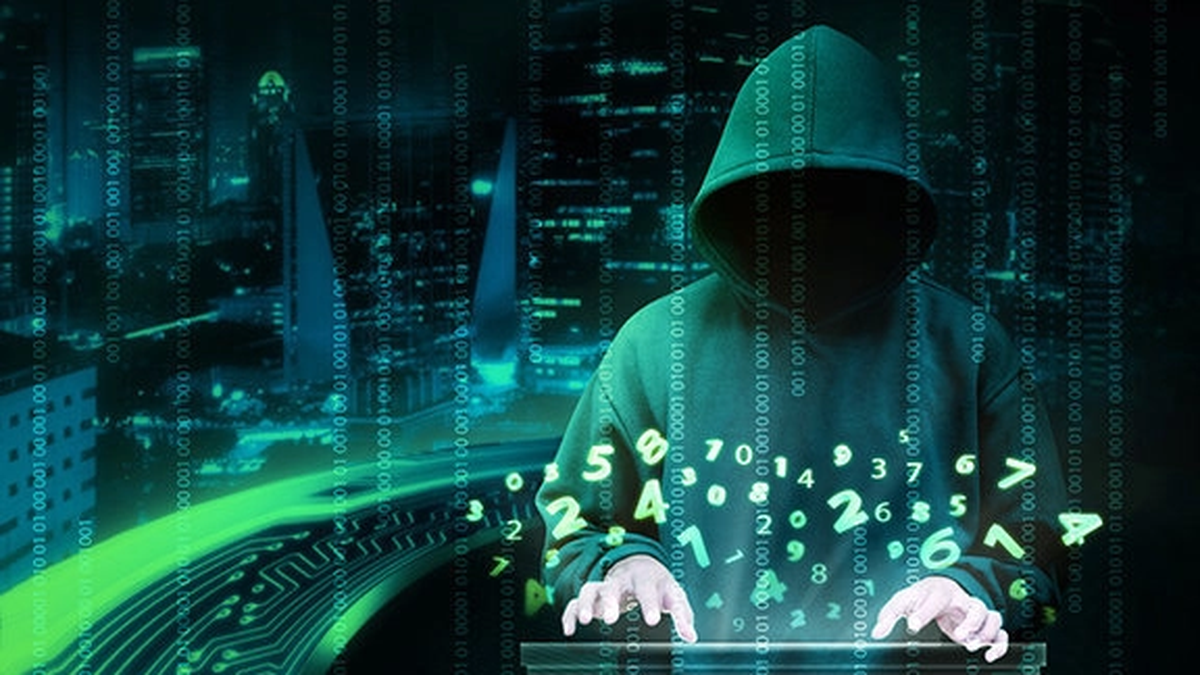

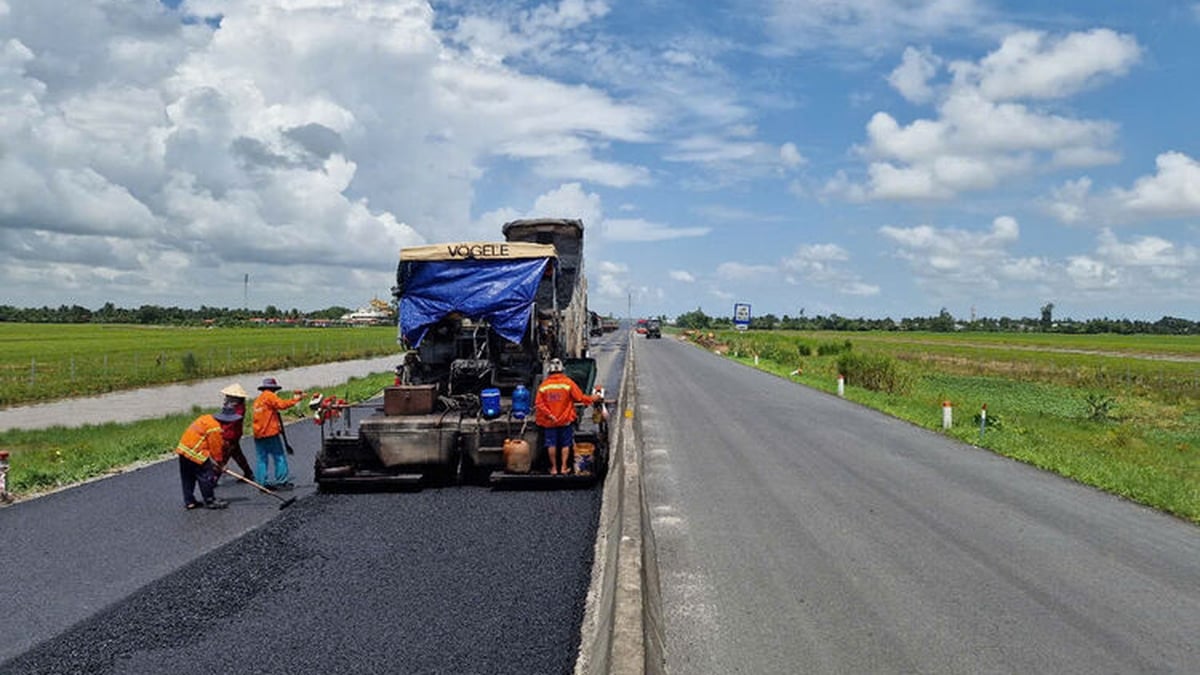
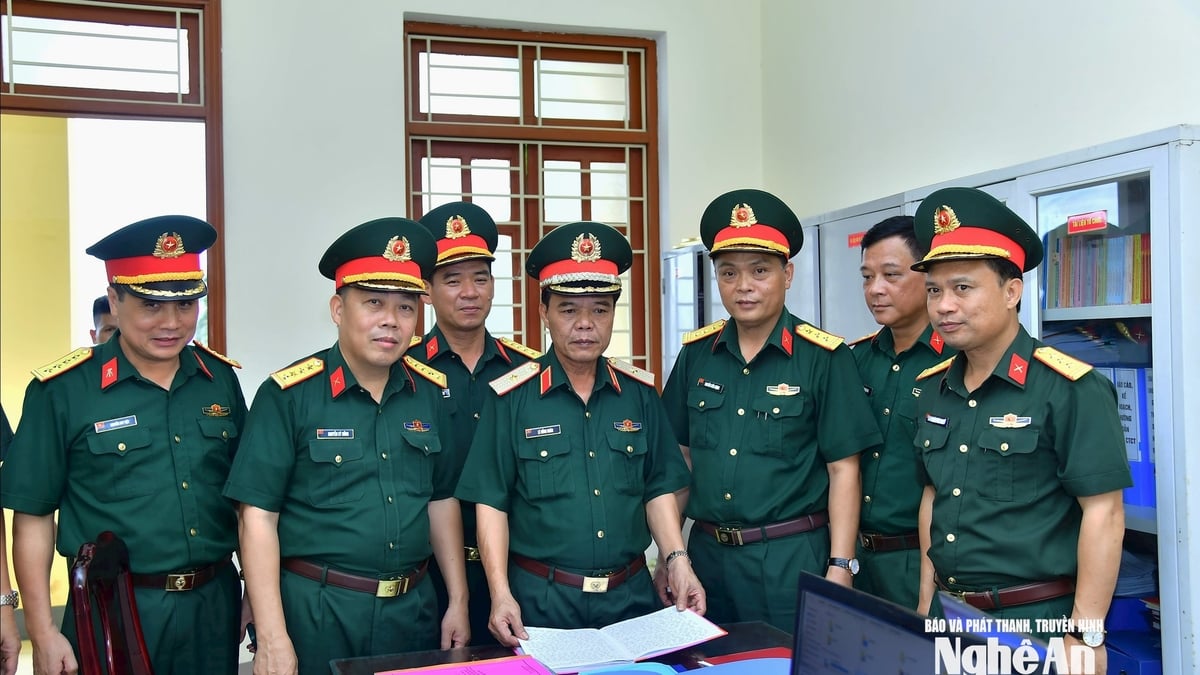

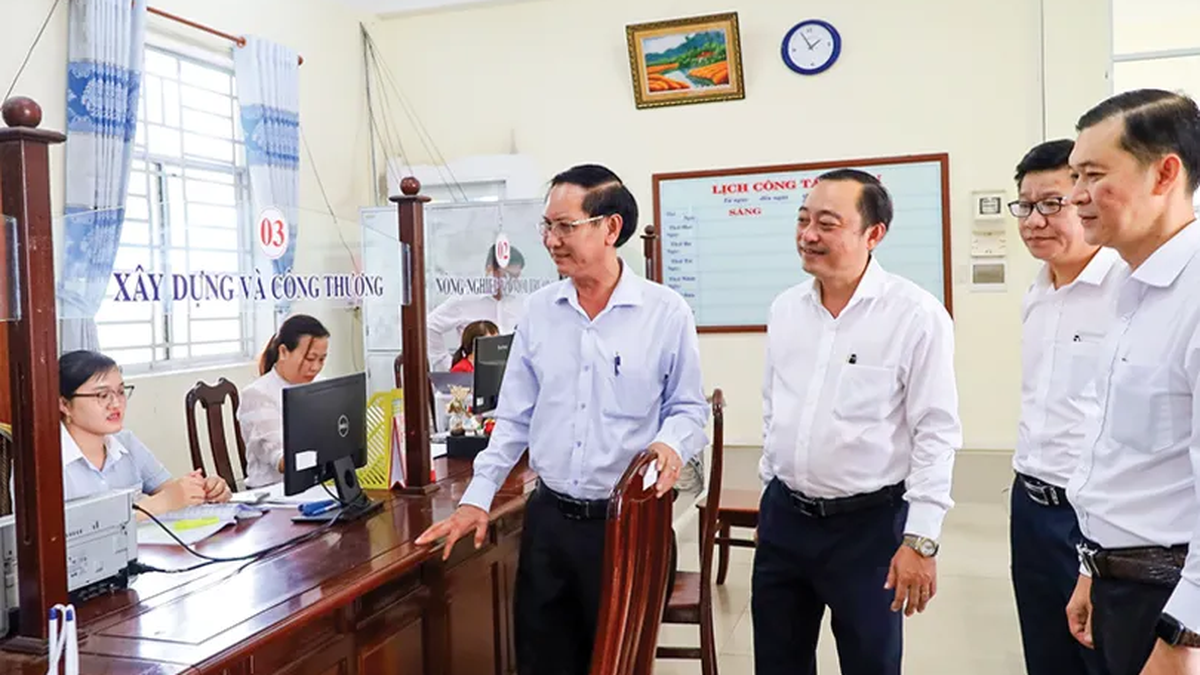
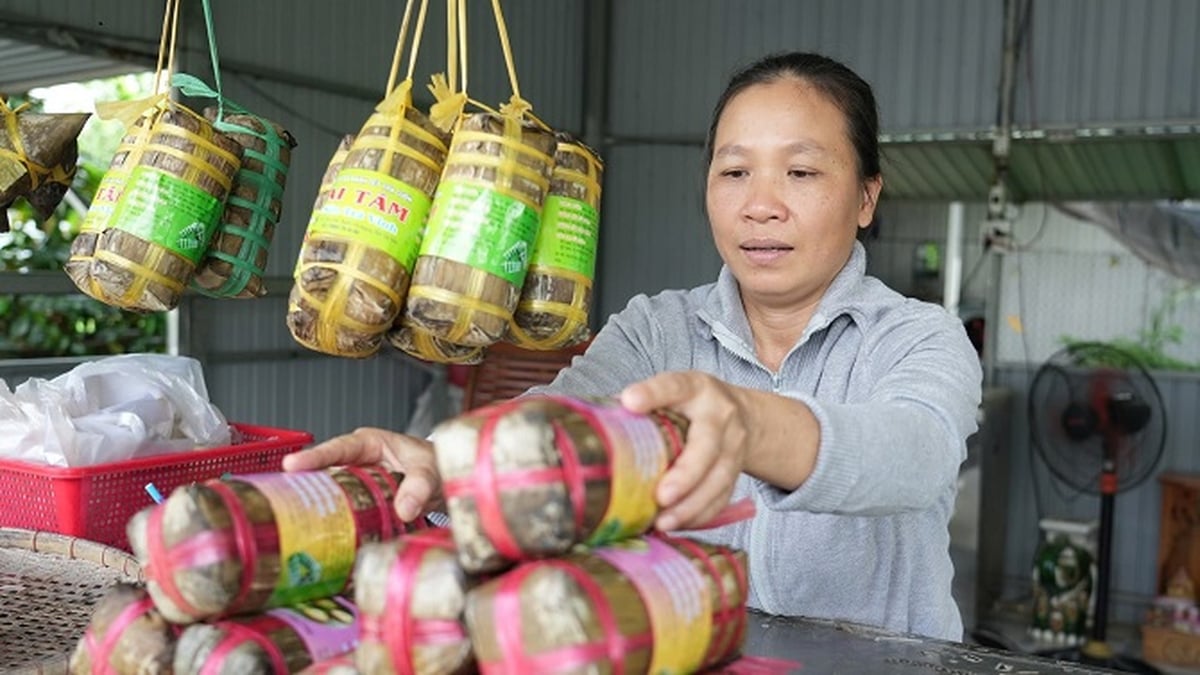
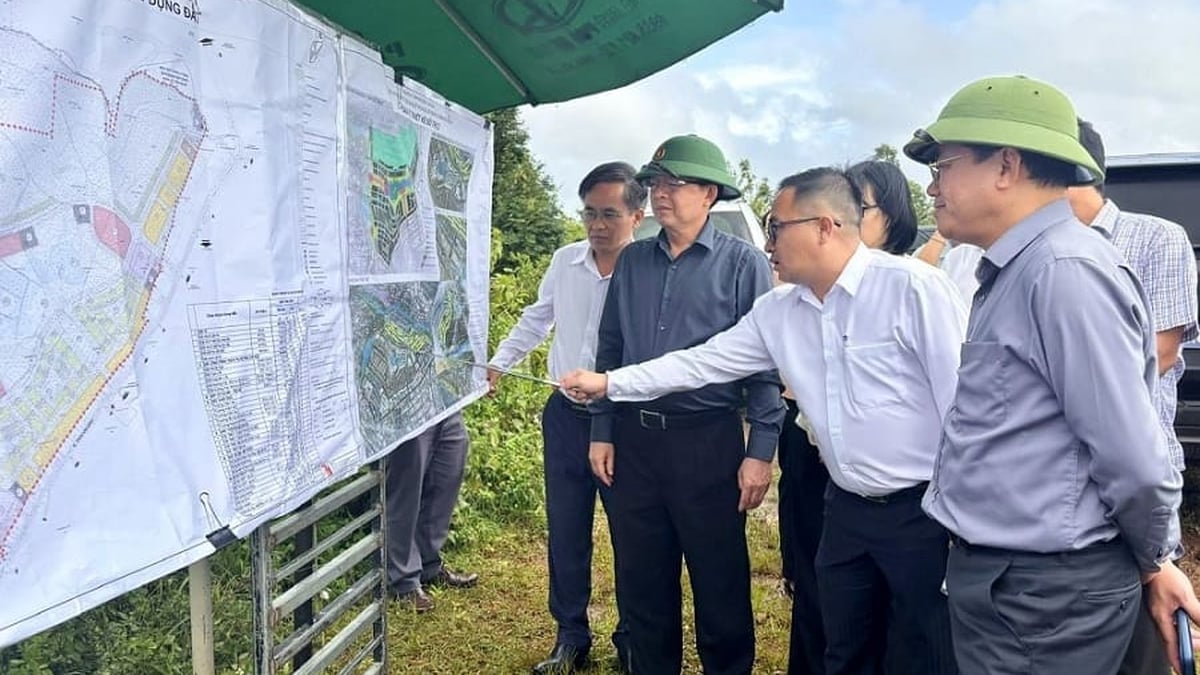











































![[Maritime News] Two Evergreen ships in a row: More than 50 containers fell into the sea](https://vphoto.vietnam.vn/thumb/402x226/vietnam/resource/IMAGE/2025/8/4/7c4aab5ced9d4b0e893092ffc2be8327)



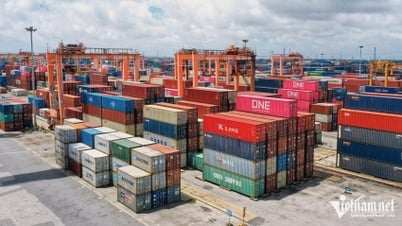



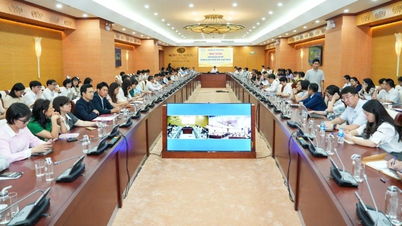

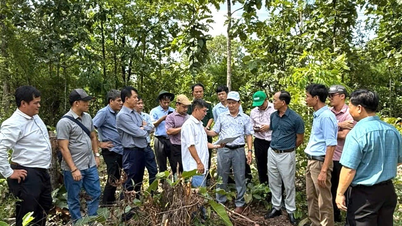









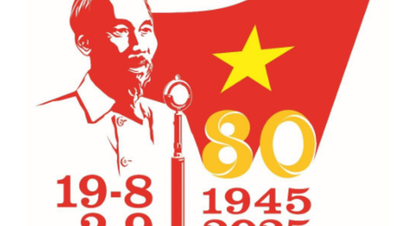























Comment (0)